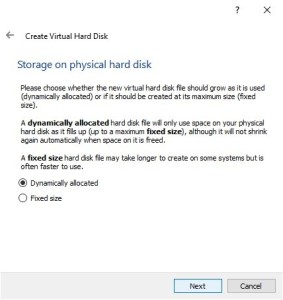Motherboard BIOS
Don’t try to understand the system but rather see it as a broke system and try to fix it. When Windows 11 came out, you can bet everyone who was wanted the next version of Windows wanted it so they can test it out. The real problem is Windows 11 made every one get into their BIOS and figure out what needed to be turned on. Motherboard manufacturers each have their own way of creating the BIOS settings. They like to call it something you might not know about or even want to try to understand. Just like enabling TMP can be hard to find since Intel and AMD uses different wording such as PTT (Intel Platform Trusted Technology) for Intel and fTPM (Firmware Trusted Platform Module) for AMD. Even this can be frustrating for even the most seasoned IT guy. There is so many Mother Manufacturers out there, from MSI to ASRock. according to Wikipedia there is at least 7 to 15 different manufacturers of Motherboards. So each one will make the Bios Menu’s just a little bit different. It can be quite hard to figure out where you might need to go to enable something or disable something in bios.
The Failure of all parts
It isn’t every time I see Microsoft releases a new OS that I wonder just how much the consumer will suffer from the new systems requirements. Most of the time the requirements were not that big of a deal but with Windows 11, we now need to enable TPM and Secure boot for systems that may or may not have the requirements to run Windows 11. This to me just seem an arbitrary requirement because we’ve seen people run Windows 11 on a system that doesn’t have a TPM. Microsoft says this is for security but I can’t see this being for consumers. I’ve talked about how Windows 11 will fail, and I still think this will happen eventually once people see If Windows is worth upgrading.
The PrintNightmare
With the recent Windows updates the last few weeks has caused more pain for Microsoft. Since most people who are having problem probably have to buy new printers and those old printers are probably going to the waste side. Even manufacturers aren’t going to update their drivers for old printers. Microsoft likes the idea that people will need to buy new printers and maybe even new systems for that Windows 11 OS. They make their money by people upgrading their systems and getting a new Windows 11 key or even a new system by Dell, or some other OEM. Every computer technician is having to work harder for people who might want to install Windows 11. Even then the process of install Windows 11 is not something that can be done very quickly depending on how big the HDD you are going to be converting.
What is to come?
Some people are not going to install Windows and maybe will wait to see what Microsoft does. We’ve already seen a comparison from Windows 8 to Windows 10 and you know how well Windows 8 didn’t work out well. Some are probably going to install another OS that won’t require people to have some stringent requirements like Microsoft. Are you going to Install Windows 11 or are you waiting like I am because you don’t want to worry about all the security requirements to install Windows 11? I’d like to hear your ideas about Windows 11 and or what your will do in 2025 if they still require all these things.
















